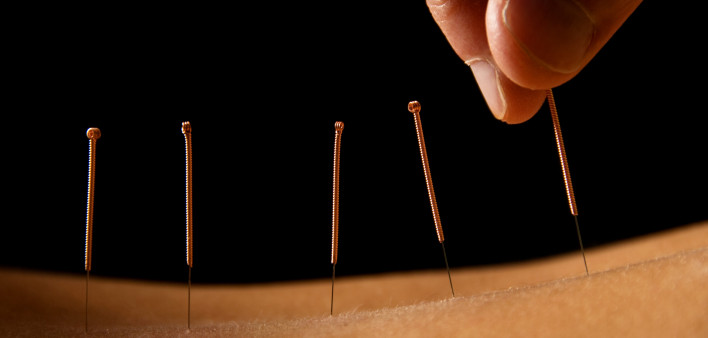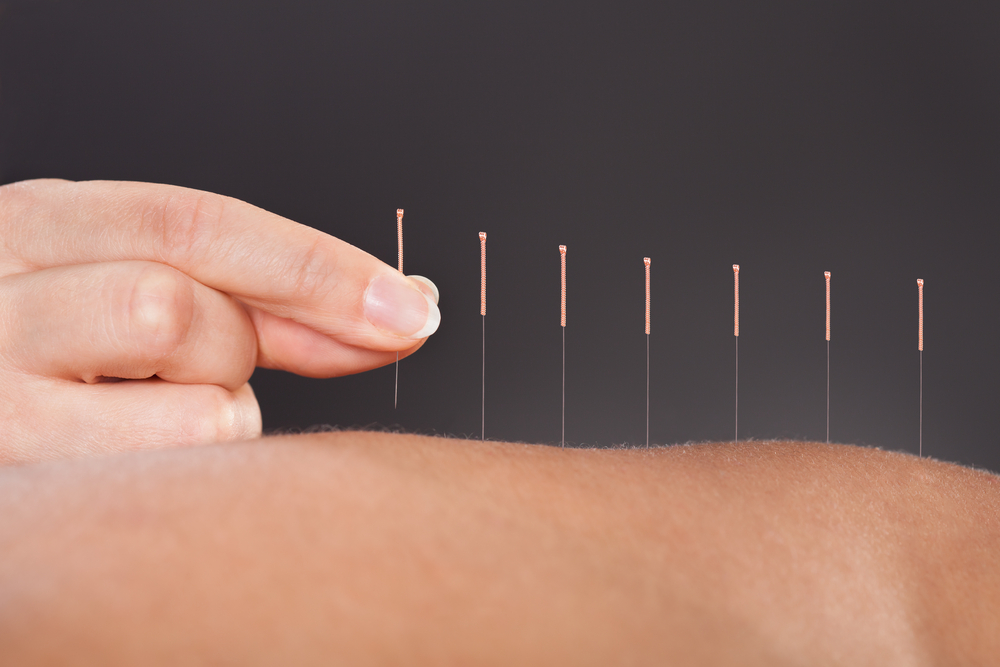
Acupuncture involves inserting needles into the body to stimulate sensory nerves in the skin and muscles.
Traditional Chinese medicine explains acupuncture as a technique for balancing the flow of energy – known as chi or qi (chee) – believed to flow through pathways (meridians) in your body. When the qi does not run smoothly throughout the body this can result in illness. By inserting needles into specific points along these meridians, acupuncture is believed to re-balance your vital energy.
Find out more about how acupuncture works here
Increasingly, modern research proves the effectiveness of this ancient medicine in scientific terms that we in the West can better understand. For those who love science, an overview of the scientific evidence for acupuncture can be found here. In a nutshell, research shows that acupuncture treatment effectively releases the body’s own natural painkillers and causes downregulation of pain signals. Acupuncture also adjusts the nervous system which allows for an improvement in circulation and healing and allows the body to function optimally.
Acupuncture is best known for its use in eliminating pain, and there has been a considerable amount of research into its effects on pain which is summarised here. The British Acupuncture Council has produced factsheets summarising the research into acupuncture for treating numerous conditions, which can be found by clicking on the condition below.
Women’s Health
Mental/Emotional
Post-Traumatic Stress Disorder
Musculoskeletal
Skin
Head & Face
Eyes, ears and throat
Circulatory
Other






